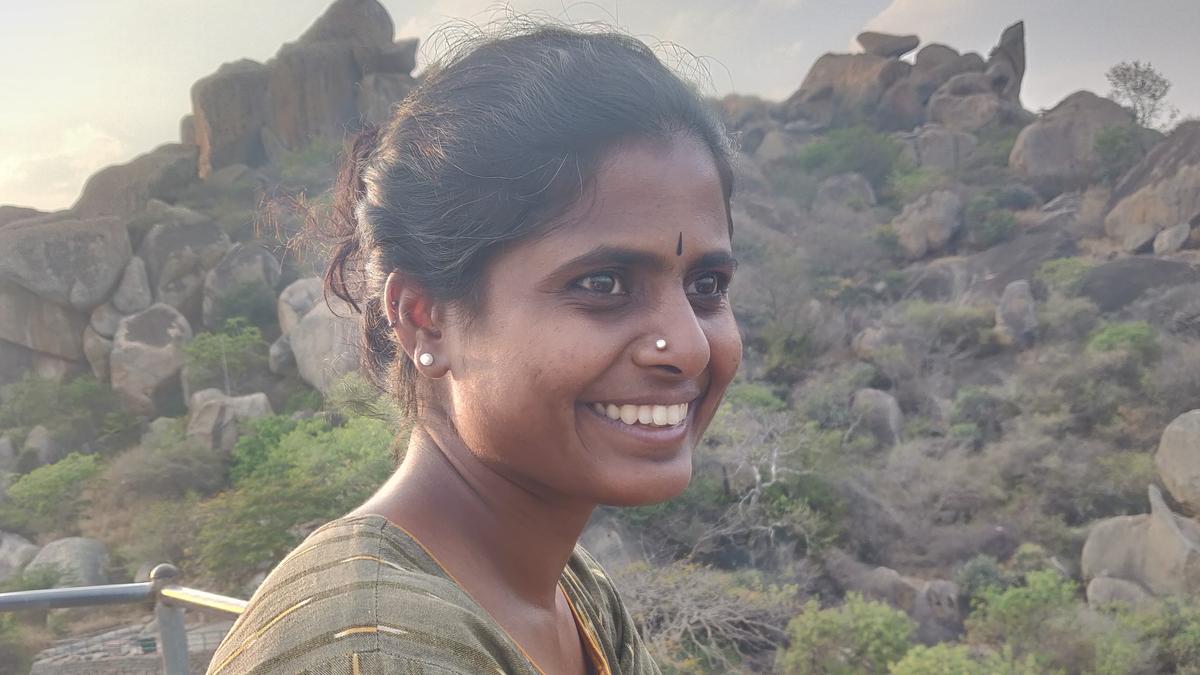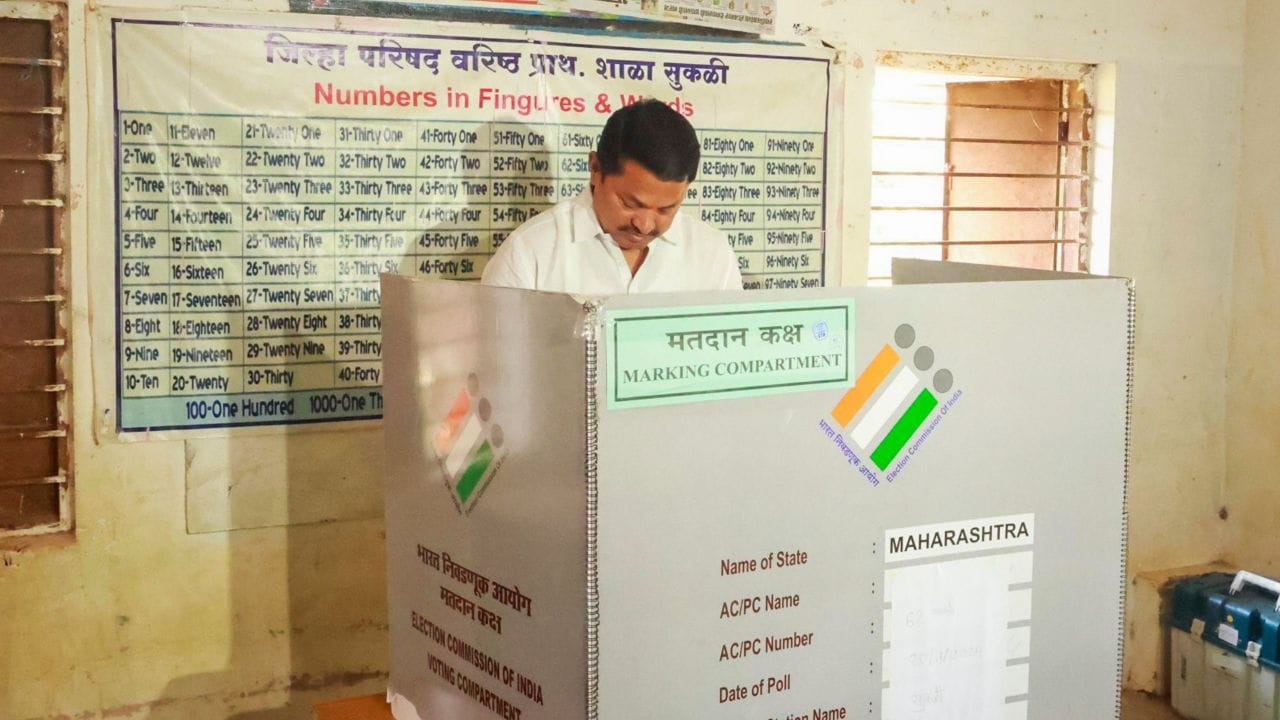
Three years after legendary architect Didi Contractor passed away, her student Lakshmi Swaminathan offers guru dakshina in the form of A Call to Return , a book celebrating her mentor who built with mud, stone, bamboo, slate, rice husk, cow dung and wood from deodar trees. Didi, who was raised as Delia by a German father and an American mother, had no formal training in architecture but she studied art and worked in theatre. She lived in Nashik and Mumbai with her Indian husband Narayan until they separated but her most iconic work was done in Kangra, her adopted home in Himachal Pradesh.
Tiruvannamalai-based Lakshmi, who first met Didi in 2017, lived with Didi for four years and assisted her on several projects. In an interview, Lakshmi provides insights into Didi’s philosophy and practice. Edited excerpts: Didi Contractor | Photo Credit: Thomas Shor In your book, you mention that you felt a “welcoming energy” in all the spaces that Didi designed.
How did her training in theatre inform her work as an architect? It gave her insights and skills about how light could be welcomed and be used to welcome the user into the building. Didi once said, “We should think of water and light and all these gifts from nature as divine and use them, intelligently. In metaphysics, I see the divine as light.
” In some of her buildings, light pours in through skylights offering us a sense of wonder and upliftment. In some spaces, light is brought in a way that could guide or lead the user. The quality of light is different during different seasons and this has informed Didi’s choice of inviting light into the space.
The way light interacts with the mud wall offers great warmth. The feeling of warmth and welcome go hand in hand thus allowing the user to feel a sense of belonging: at home. Image for representation purpose only.
| Photo Credit: Getty Images/iStockphoto You learnt from Didi while living and working with her. How did this enrich your practice as an architect? Didi was a strong proponent of hands-on work and learning by doing. I was sent to sites to work alongside masons, carpenters and brick makers.
This gave me immense insights and understanding about materials and techniques, which is the basis for the work that I continue to do now. In terms of aesthetics and functional understanding of spaces, I gained a lot by listening to the way she imagined spaces. She evocatively narrated her designs as stories as she drew.
By living her ideals in day-to-day life, Didi introduced me to an elegantly simple lifestyle. She reminded me that it is important to be conscious and responsible in our simple actions in order to be conscious and responsible as architects. Even while cooking, gardening, decorating the house during festivals, sorting waste, during a stroll we took together, watching documentaries or even while cutting bread, I learnt a lot about principles of design, skills of observation, becoming more responsible and attentive which are all keys to being a good designer.
I am not a good designer yet, but I try. Image for representation purpose only. | Photo Credit: Getty Images/iStockphoto Once Didi committed to a design project, what kind of process did she follow? Her process of design was unique.
She would spend a lot of time with the clients, sometimes even stay with them to understand their day-to-day life. The process reflected her immense respect for environments, traditions and cultures. During the first site visit she would analyse the soil to finalise the primary building material.
Then, she observed the site and surroundings through sketches and made a mental picture. Most of her designs emerged in her dreams as a result of the deep understanding of the clients and the context. Later she developed them to actual drawings and closely supervised the work at site.
When she felt stuck, she would take creative breaks — read books, cook, arrange flowers or go for a walk which would eventually allow ideas to emerge. The book has a beautiful cover with Didi gazing lovingly at a cat on her lap. Could you please share a little about Didi’s relationship with animals? Didi considered other beings as an extension of oneself and believed that we are all deeply interconnected.
I was touched to watch her care for pets. For instance, she designed a beautiful cage for her pet parrot who could not fly. She made warm beds for the cats during winters.
I think that, at the bottom of her heart, she was a mother who cared a lot. What will this book offer readers who feel overwhelmed by ecological crises? A Call to Return covers Didi’s biography, philosophy, approach to architecture, ecology, tradition, and the creative process. With a close focus on Didi’s lived experience and the ethics manifest in her relation to the natural and material world, this book offers insights for all who are committed to a more sustainable way of life.
Also, as the chronicle of a vibrant exchange across different generations, it reminds us to return to cooperating with nature. Image for representation purpose only. | Photo Credit: Getty Images/iStock How are Didi’s students, including you, carrying forward her legacy? There is diversity in the kind of work that we are all doing.
Didi was a very versatile person who had knowledge and experience in painting, textile designing, architecture, interior design, solar energy, photography, history amid others. Some of us continue to practise architecture where we apply the learnings in different contexts that gives raise to new solutions. There are some students who have become illustrators, painters, researchers, anthropologists, set designers, photographers etc.
I think we were very lucky to have Didi mentor us as she nurtured and nourished our interests and gave many of us the confidence to follow our heart. A Call to Return: A Journey with Didi Contractor ; Compiled and edited by Lakshmi Swaminathan, Banyan Tree, ₹350. The writer is a Mumbai-based journalist and educator.
Published - November 08, 2024 09:00 am IST Copy link Email Facebook Twitter Telegram LinkedIn WhatsApp Reddit The Hindu Sunday Magazine / Literary Review / people / environment and design / architectural design / design and engineering / interior design / traditional architecture / pioneer architects / architecture / environmental politics / environmental cleanup / environmental issues / engineering / Civil engineering / Green design.














